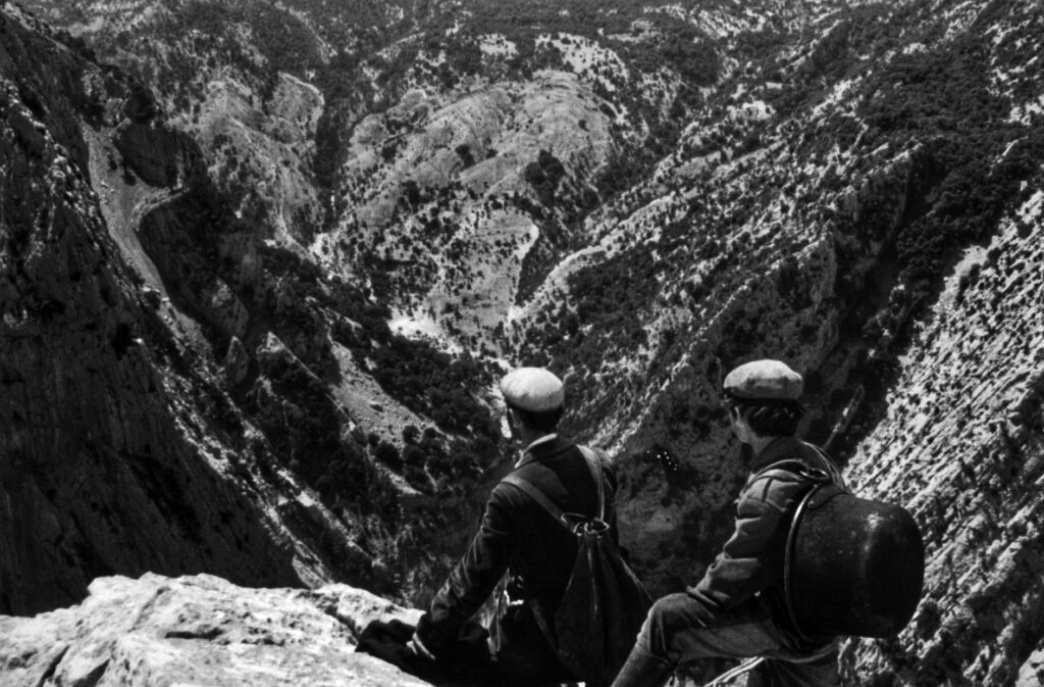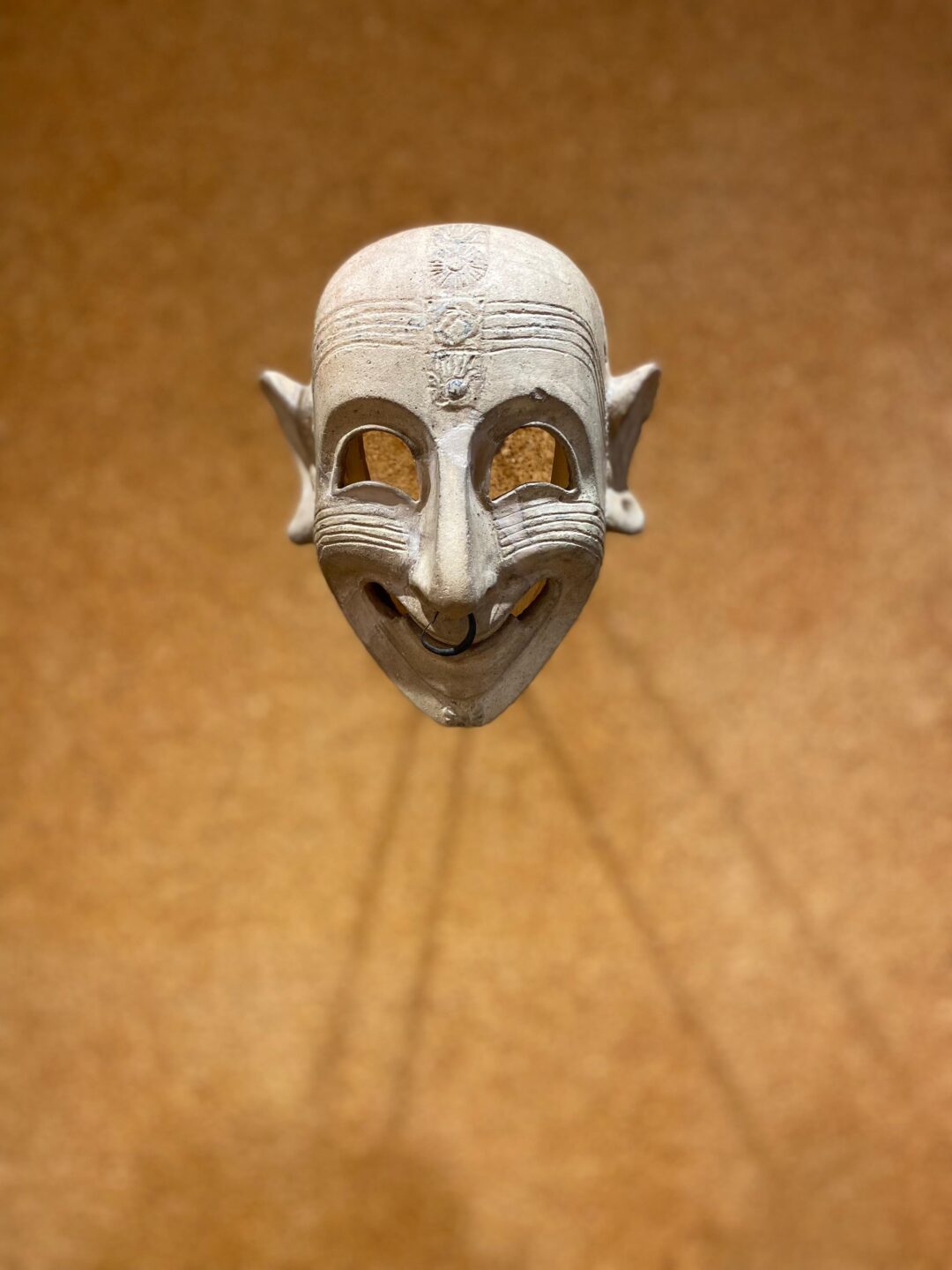It’s January 1985, and although it is rarely told today, Sardinia during that period was a very dangerous place. Kidnappings, abductions, feuds, silence. It was dangerous to wander in the countryside, dangerous to speak of what should not be spoken, dangerous to be someone whose family had something worth extorting.
It’s 5:30 PM in Osposidda, a harsh and wild countryside between Oliena and Orgosolo. It’s cold, and the severity of the landscape at dusk is softened by the scent of the thyme plants growing there.
Tonino Caggiari, an entrepreneur from Oliena, meets a Fiat 128, a car that forces him to get in and be taken who knows where. Mr. Caggiari is a good man, and it’s the esteem the local people have for him that prompts the people of Oliena to act: first by notifying the authorities, then by contributing to the search.
It had already been the Romans who had failed to overcome the obstacle of the imperious nature of this land, and in the same way, the carabinieri would never have been able to trace the kidnappers without the help of locals, experts in the harsh terrain, as severe as its inhabitants.
Unable to compete with the outlaws on the level of territorial knowledge, the following day began a real intelligence war among the Sardinians: on one side, those who wanted to help Mr. Caggiari, on the other, those supporting the bandits who had kidnapped him. A fair fight that soon turned into an open conflict, where the carabinieri resorted to their only weapon in that context: firearms.
Caggiari was then released, and the fleeing bandits were found in the countryside of Osposidda, where a shootout broke out and lasted four hours. Four hours, as there were four bandits killed: Giuseppe Mesina, Giovanni Corraine, Salvatore Fais, Nicola Floris. The only victim among the law enforcement was Superintendent Vincenzo Marongiu.
Whether it was really necessary to stain the Mediterranean scrub with blood for four hours remains an open question.
But when the law enforcement officers transported the bodies of the bandits with sirens and horns blaring, as if they were returning from a successful hunting trip, the true face of those who were supposed to play the role of the “good guys” in this story was revealed: a cruel face, incapable of understanding the tragedy of a community where crime does not arise by chance, but is rooted in deep motivations.
Far from justifying violence, which remains unjustifiable, banditry is the result of centuries of oppression and discrimination that, as history shows, inevitably generate a sick society. But while those who throw stones can always hide their hands, those who receive them do not have the privilege of rebelling in the shadows.
That Mediterranean scrub, stained with blood, continues to sing what Marras still sings today, almost with tears in his eyes:
“Chie bos fachet luttu, mortos de Osposidda?”
Who will mourn you, dead of Osposidda?



